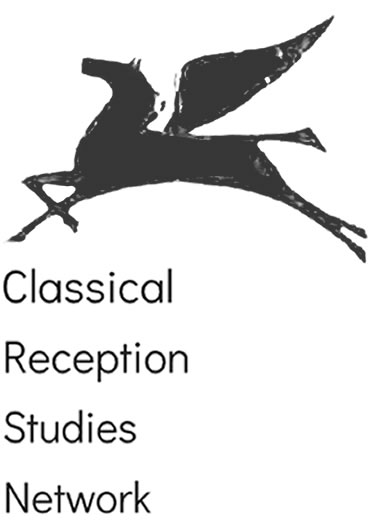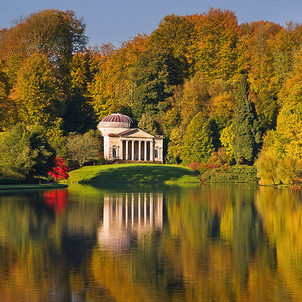A report on a meeting held at the British School at Rome, Tuesday, 6th March 2018

Last year I had the pleasure of attending the Hortus Inclusus meeting at the British School at Rome (BSR). It was two fascinating days and featured a diverse and talented international cast of speakers. The ancient Roman content was for me particularly interesting and it sparked the thought that a meeting on the topic of the Eighteenth-century English Landscape garden, so heavily influenced by ancient Rome, would be a worthy follow-up event. Last Tuesday (6th March) that idea came to fruition in the form of a one-day meeting at the BSR titled ‘The Landscape Garden: Britain’s Greatest Eighteenth-century Export?’.
I have previously commented on my good fortune in acquiring speakers for past meetings and I was delighted that we managed to secure an outstanding group of individuals to speak at this event, including the excellent Professor Diana Spencer to lead a discussion on the central conceit of the day – was the Landscape Garden indeed Britain’s greatest eighteenth-century export? More on this issue later.

A week of bad weather in Italy and further afield presented travel challenges for delegates and speakers alike. In the hours before the meeting there was a flurry of ‘I might be a bit late’ text and email messages, but by mid-morning we had a growing audience and speakers ready to deliver. First-up, to set the scene, was the excellent Dr Laura Mayer who had kindly acceded to my request to deliver in slightly less than one-hour a keynote lecture on the English landscape garden from William Kent to Humphrey Repton, via Capability Brown. Laura delivered the perfect scene setter with “‘Original & Indisputably English’: The Landscape Gardens of the Eighteenth Century”, no mean feat given the unenviable task she had agreed to.
With the scene so beautifully set I had the easiest task of the day with the presentation of my PhD research on the eighteenth-century landscape garden at Stourhead. This was the first outing for my critical review of authorial intention theories of Stourhead and my shift to focus on visitor reception. I was a little anxious at the reception of my ideas and research findings, so chose an understated title for my presentation: ‘Roman influences on Georgian Stourhead’. A robust question and answer session followed the presentation, which was very useful preparation for my forthcoming PhD viva.
Our final speaker before lunch was Dr Clare Hornsby who presented her recent research on the topic of ‘Gardens at La Trappe: neo-classical display in the London suburbs’. Clare explained that this is ‘work-in-progress’, but it was clear from the content of her fabulous presentation that she has already achieved a good deal. The building she has painstakingly researched and described sounded truly magnificent and the account she gave of her research was so vivid it was almost like being in the various archives with her.
We commenced the post-lunch session with a consideration of art and literature’s impact on the English landscape garden. We were honoured to have well-known expert Michael Liversidge take us through a broad sweep of the influence of painting in his ‘Painting and Planting: art, aesthetics and landscaping in Georgian England’ presentation. Michael skilfully covered the better-known links between gardens and fine art, but very helpfully revealed what for me were a number of new links and perspectives.

Our final speaker was Dr Paul Gwynne, who is Professor of Medieval and Renaissance Studies, at the American University of Rome. This was another presentation I was very keen to hear, having had my appetite whetted by Luke Roman’s presentation at the Hortus Inclusus event. Paul’s ‘The Italian Renaissance Villa and Garden: an overlooked source. Some observations and suggestions’, is also work-in-progress, but was hugely informative and thought provoking. It inspired me to revisit the topographical poets I read as part of my Stourhead research.
A day of informed and thorough lectures led us neatly into the panel discussion. I think we came to this mindful that the landscape garden had considerable competition for the title greatest 18th-century export. Nevertheless, given that by the end of the 18th-century ‘English gardens’ could be found in Sweden 





In closing I’d like to thank the speakers for their wonderful presentations and the delegates for their keenness to participate. The success of the day owes so much to the BSR staff who gave so generously of their time. I would particularly like to thank Tom True, Alice Marsh and Christine Martin whose advice, support and participation helped make the day such a joy.

